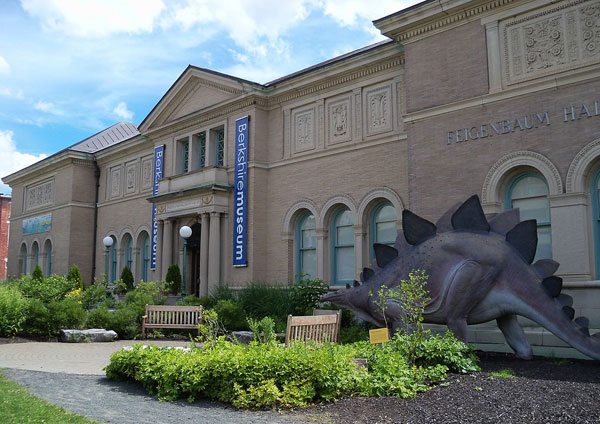
December 12, 2017; Berkshire Eagle
Over the last few months, NPQ has been covering the tense standoff at the Berkshire Museum, where the museum’s trustees have been stopped from selling or “deaccessioning” 40 works of art to pay for a shift in focus and greater financial sustainability. Those who oppose the sale now have the attorney general standing in for them in court, and one of the AG’s arguments has been that the sale of the art, which the trustees have represented as necessary for the museum’s future, is excessive and something of a ticket to Easy Street at the expense of good stewardship.
The AG’s motion read, “First, the Board set a financial goal through its Master Planning Process that was so grand it could only be funded through wholesale deaccessioning of the Museum’s most significant art…This amount exceeded other options presented to the Museum and far-exceeded the $25.6 million the Museum’s own consultant identified as necessary for the Museum to stabilize its operations.”
Sign up for our free newsletters
Subscribe to NPQ's newsletters to have our top stories delivered directly to your inbox.
By signing up, you agree to our privacy policy and terms of use, and to receive messages from NPQ and our partners.
Recently released consultant documents seem to support the AG’s position, at least on their face. One of these documents, from a retreat held in October 2016, is a slide titled “Scenario summaries.” The scenario on the slide that the museum appears to have chosen is in a column labelled “silver,” which holds the expected sale price of the art at $69.78 million. This would allow the museum to do “‘major upgrades,’ reach goals on visitor experience, fix balance sheet problems and, in terms of the property, be poised for ‘major changes.’”
The document, marked “Confidential for Berkshire Museum board discussion only,” showed a number of more moderate scenarios the museum could have gone with. For $25.61 million, for instance, it could have fixed its structural deficit, addressed the “key needs” of its balance sheet and collections management, and do all “baseline” renovations. There was also a bronze option at $52.09 million.
The attorney general claims in its findings that the museum board’s choice of scenarios went too far and violated their fiduciary responsibilities. The consultants’ scenarios, though, assume no changes in the museum’s business model. The museum argues that the document, which paints the planned sale as extreme, is out of date.—Ruth McCambridge












